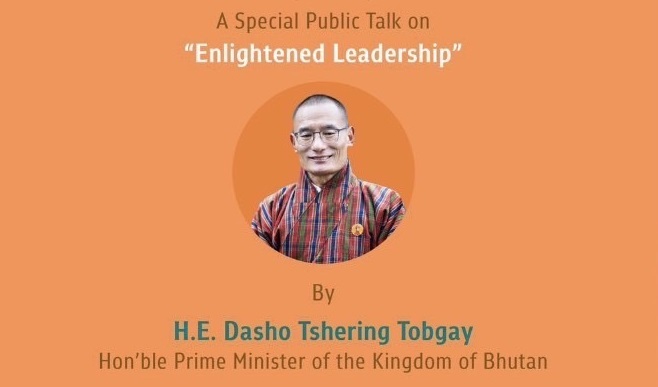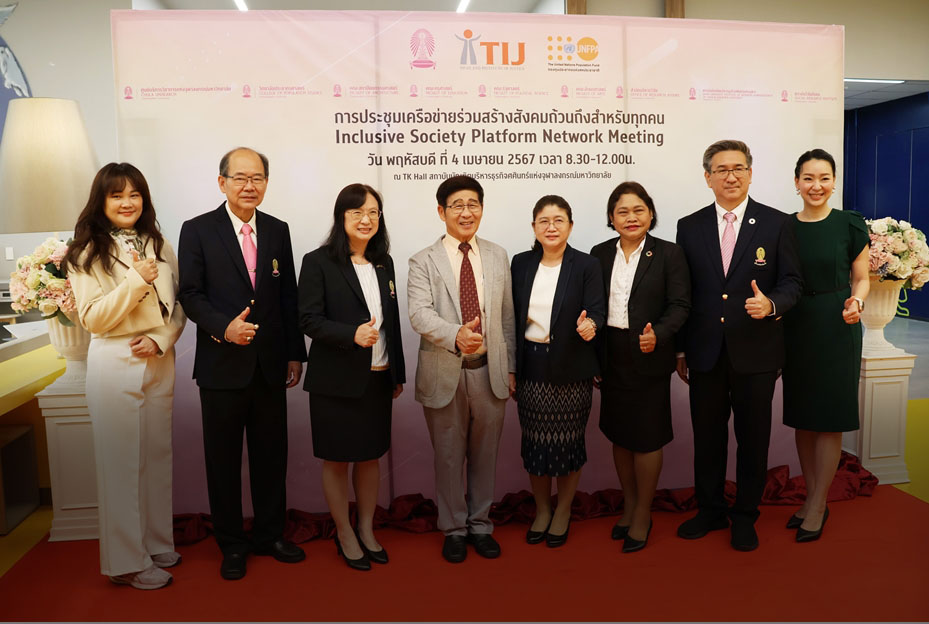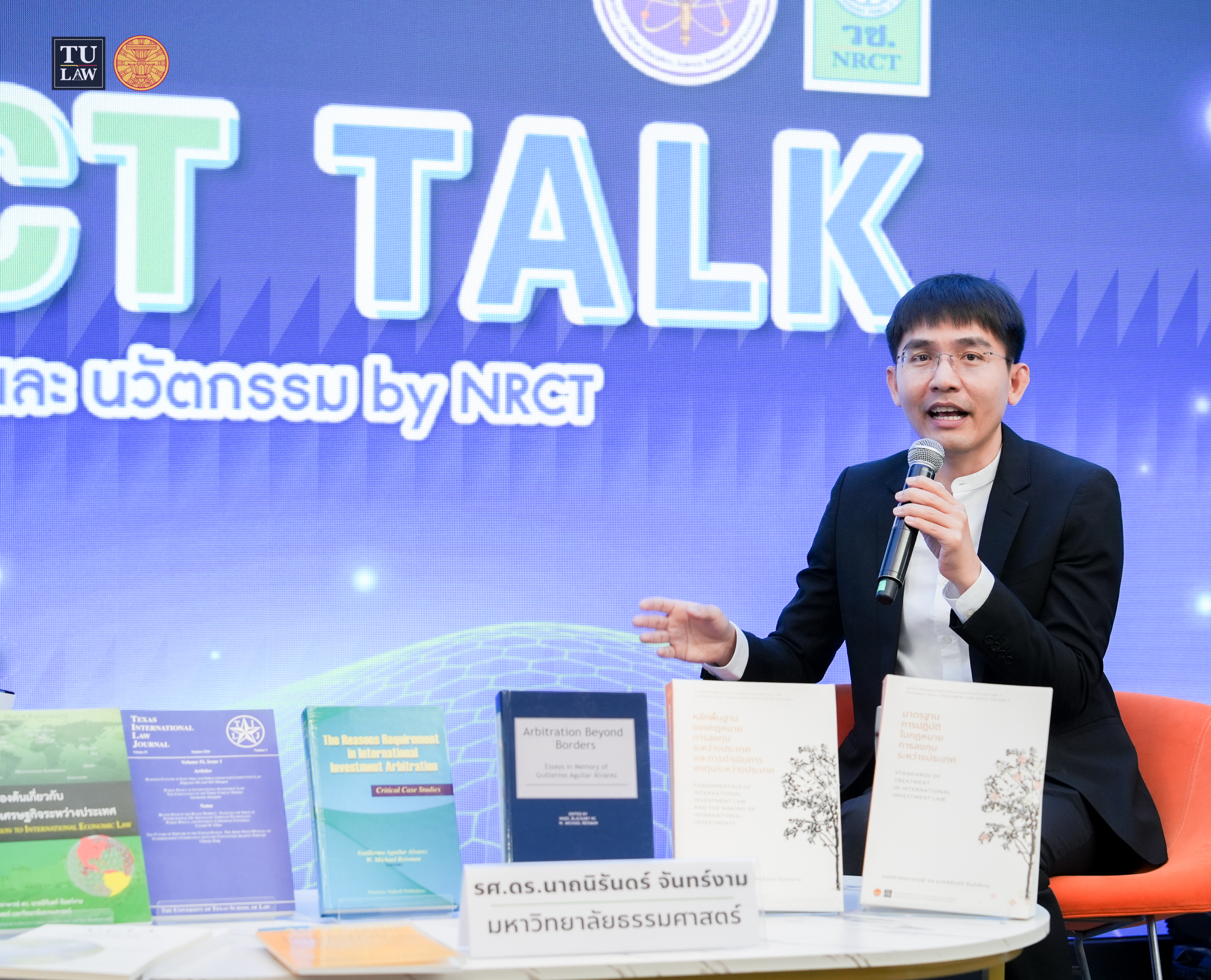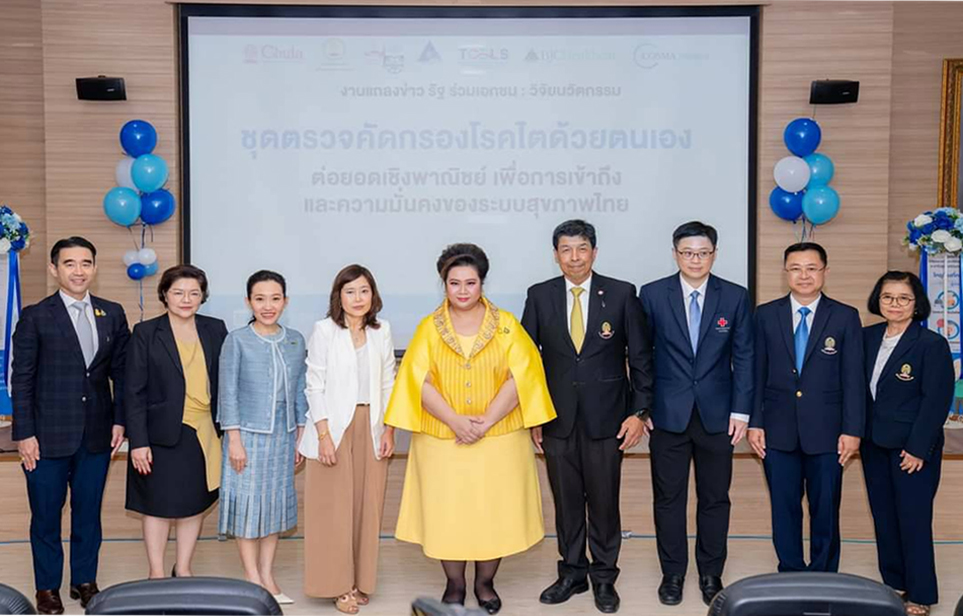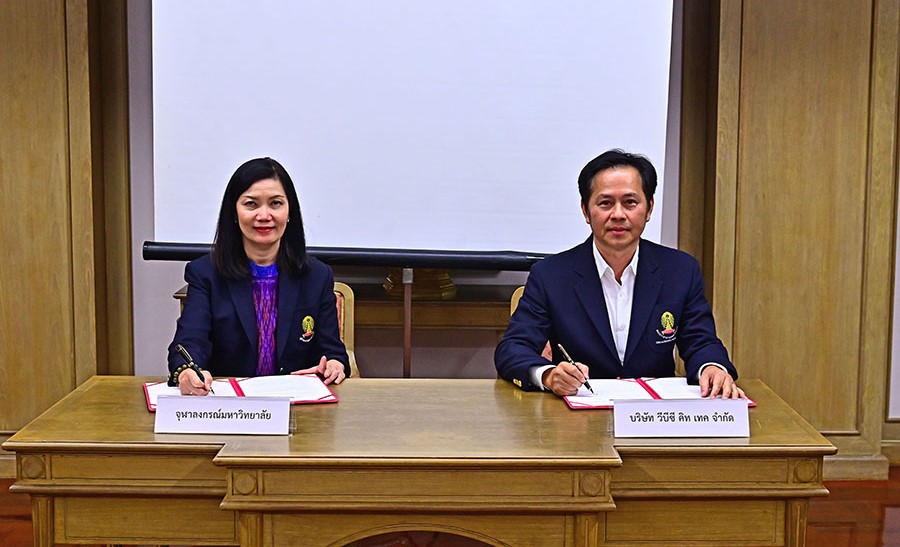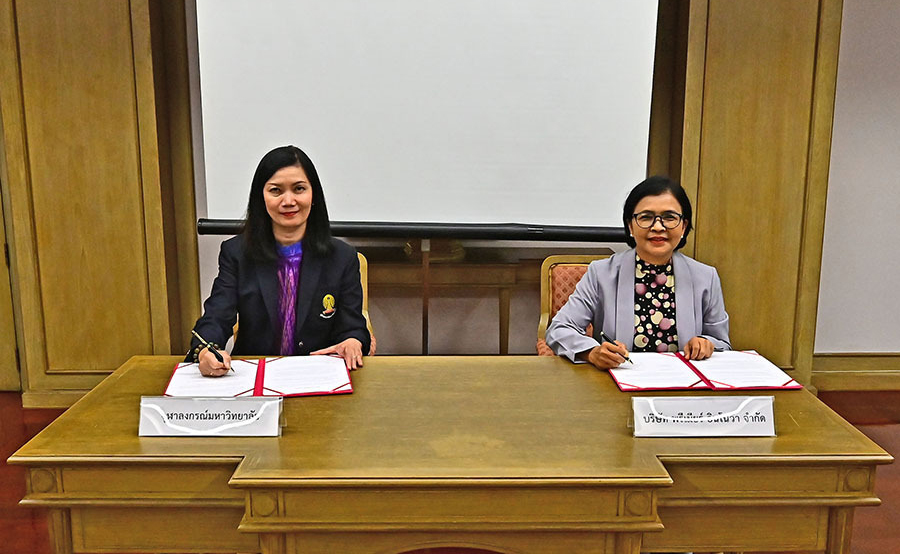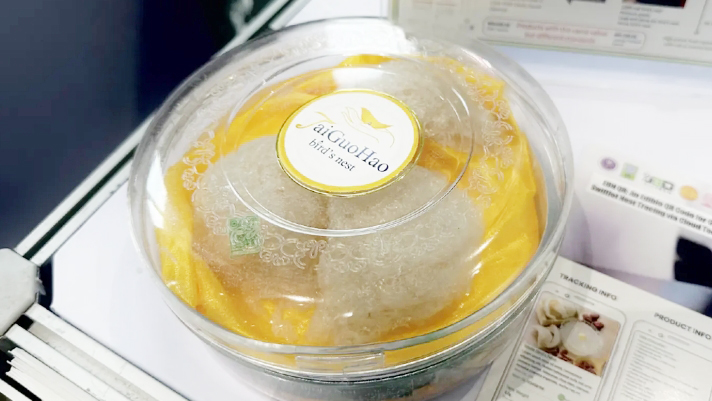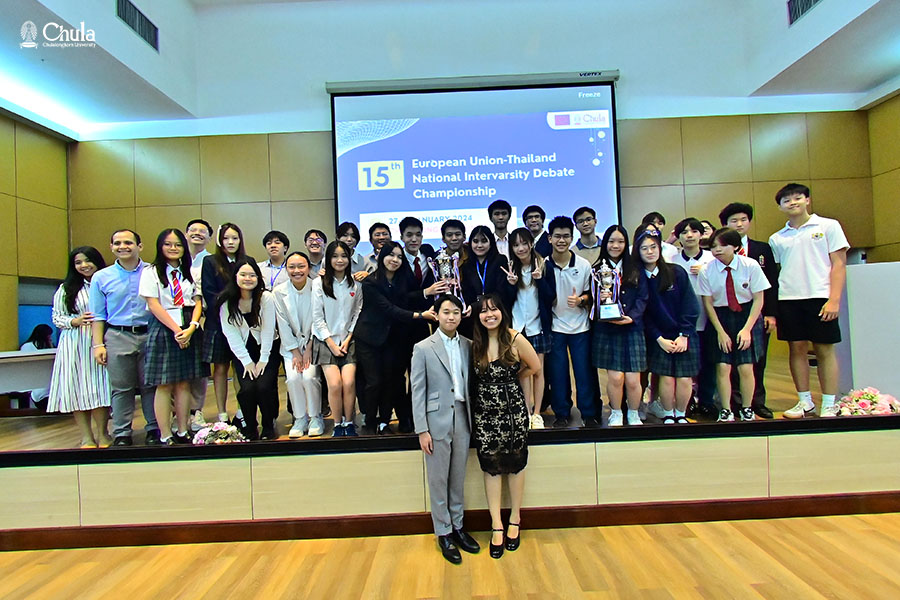Chulalongkorn University, in collaboration with the United Nations Population Fund (UNFPA) and academic partners, organized the Inclusive Society Platform Network Meeting titled Roundtable: What is inclusive society platform? “The Unheard Voices” and an exhibition of research on inclusive society. The event was held on April 4, 2024, at TK Hall, Sasin School of Management, Chulalongkorn University. Assoc. Prof. Dr. Pannee Cheewinsiriwat, Chulalongkorn’s Assistant Vice President for Research Affairs, chaired the meeting, which focused on sustainable social development through diverse solutions to social challenges, collaborative efforts to innovate, and promotion of equality. Towards this end, a platform is needed for exchanges of experiences and in-depth information, allowing the government and the private sector to work together efficiently and leading to the solution of society’s problems, which are practical and aligned with operations in all sectors.
The Roundtable: What is inclusive society platform? “The Unheard Voices” gathered experts in various fields, namely the United Nations, local organizations, and educational institutions. The participants engaged in dialogues in which the voice of “everyone” was prioritized to achieve policies and changes that contribute to a more inclusive society in several aspects as follows:
– “Creating opportunities and enhancing social protection for people of all ages: Towards becoming partners in sustainable social development.
Participants included Prof. Emeritus Dr. Soottiporn Chittmittrapap, Head of Chulalongkorn University’s Research and Innovation Policy Committee, Ms. Sattakamon Kiatpanich, Director of the Research and Innovation Fund Administration Division 2, National Research Council of Thailand (NRCT), Ms. Sirilak Chiangwong, Head of the United Nations Population Fund Thailand Office, Asst. Prof. Dr. Vorapat Inkarojrit, Assistant President of Chulalongkorn University, and Ms. Nataorn Indeesri, Director of Division of Strategies and Plans Department of Empowerment of Persons with Disabilities, Ministry of Social Development and Human Security.
– “Age, Gender, and Violence”: creating an Inclusive Society in terms of age, gender equality at the workplace, and violence in society
Participants included Assoc. Prof. Dr. Piyachart Phiromswad, Deputy Director of Sasin School of Management, Ms. Sirilak Chiangwong, Head of UNFPA Thailand Office, Asst. Prof. Dr. Rukchanok Karcharnubarn, Associate Dean of College of Population Studies, Chulalongkorn University, and Thai ARi/Chula ARi Research Group, and Assoc. Prof. Dr. Sumonthip Jitsawang, Head of Research on Thai Society without Violence, Faculty of Political Sciences, Chulalongkorn University.
– “Labor, Migration, and Migrant Dependents”: Building understanding and awareness of diversity in migrants’ society
Participants included Assoc. Prof. Dr. Sutee Anantsuksomsri, Associate Dean of Faculty of Architecture, Chulalongkorn University, Prof. Dr. Supang Chantavanich, Asian Research Center for Migration, Institute of Asian Studies, Chulalongkorn University, Assoc. Prof. Dr. Ruttiya Bhula-Or, Associate Dean of College of Population Studies, Chulalongkorn University, and Collaborating Centre for Labour Research, Chulalongkorn University (CU-COLLAR), and Dr. Premjai Vungsiriphisal, researcher at Institute of Asian Studies.
– “Inclusive Education and Diverse Educational Needs”: Creating understanding of inclusive education, which considers diverse learners and allows all learners— general learners and learners with special needs—equal access to quality education
The participants included Dr. Chanakida Thummanond, lecturer at the Faculty of Education, Chulalongkorn University, and head of the project to develop a curriculum for training former drug offenders to prevent recidivism, and student counseling project in the context of promoting public consciousness among at-risk students, Ms. Rosalina Alexander McKay, President of The Rainbow Room Foundation, Prof. Dr. Weerasak Chonchaiya, Deputy Head of Department of Pediatrics, Faculty of Medicine, Chulalongkorn University, Asst. Prof. Dr. Chanisa Tantixalerm, Head of Special and Inclusive Education Curriculum, Faculty of Education, Chulalongkorn University, and Head of the High Vocational Innovation Scholarship Program for Learners with Special Needs.
– “Achieving Fairness and Leaving No One Behind”: Sharing experience of creating fairness in society while ensuring no one gets left behind
The participants included Mr. Pakorn Lertsatienchai, Deputy Director for Academics and Social Relations, Chulalongkorn Social Research Institute (CUSRI), Mr. Thanachai Sundaravej, Senior Manager, Social Partnership and Public Engagement and Head of the Restart Academy Project, Thailand Institute of Justice, Mr. Akkanut Wantanasombut, researcher at Institute of Asian Studies, Chulalongkorn University, and Dr. Sayamol Charoenratana, The Human Security and Equity Research Unit, Chulalongkorn Social Research Institute (CUSRI).
In addition, the event featured an exhibition of the findings from research and projects related to inclusive society. These research projects included surveys of the landscapes regarding the creation of an indiscriminate or inclusive society, research trends in education, gender equality, and social justice, and directions of inclusive society research in the future, to name a few. There was also an exhibition of the DB Asok project from Don Bosco Technological College, led by Ms. Anupa Kongpramote, head of the project, and her team.
The Roundtable: What is inclusive society platform? “The Unheard Voices” was organized by Inclusive Society Platform, CU Innovation Hub, headed by Asst. Prof. Dr. Chanisa Tantixalerm. Inclusive Society Platform houses a network of Chulalongkorn University’s researchers with expertise in related fields, as well as collaborates with external organizations, to work towards developing various solutions to problems relating to social challenges. Collaboration, innovation, and integration are used to foster fair and sustainable equality.
Asst. Prof. Dr. Chanisa Tantixalerm, Head of Special and Inclusive Education Curriculum, Faculty of Education, Chulalongkorn University, and Head of the High Vocational Innovation Scholarship Program for Learners with Special Needs, revealed that Chulalongkorn University acted as a host of this Inclusive Society Platform Network Meeting, bringing together government agencies, the private sector, and relevant networks in a collaboration to solve problems in society. So far, Chulalongkorn has produced a significant amount of research on social issues, including those involving vulnerable groups, prisoners, children with people with special needs, and persons with disabilities. Hence, this event was organized to listen to and make known to the public “the unheard voices” of these groups who may have never spoken out before. In this regard, the media plays an invaluable role. This event marked the beginning of a network that brings together individuals working towards the same goal of creating an inclusive society. Future events will be organized featuring presentations of research by Chulalongkorn University’s faculty and by other sectors. The research will take the form of platforms, rather than individual research projects, and Chulalongkorn University is currently driving this effort.
Read more at: https://www.chula.ac.th/en/news/160406/




